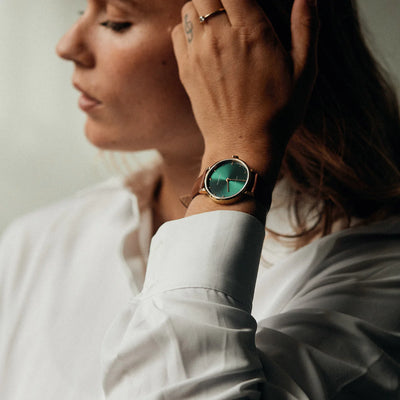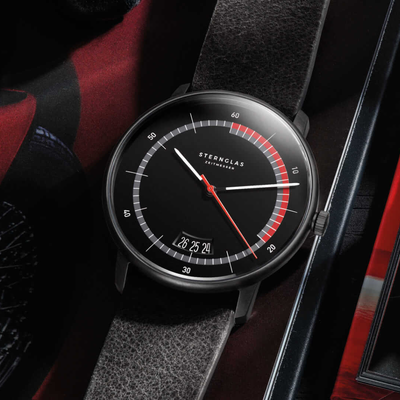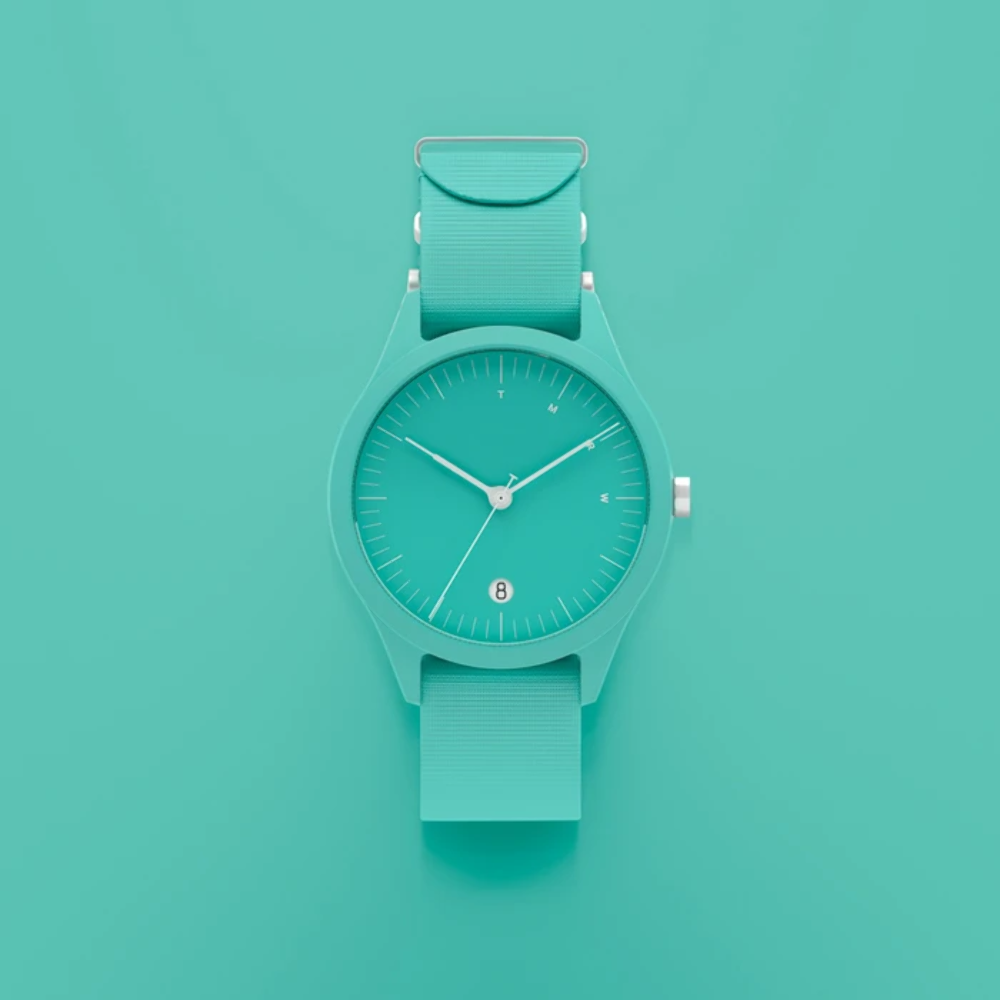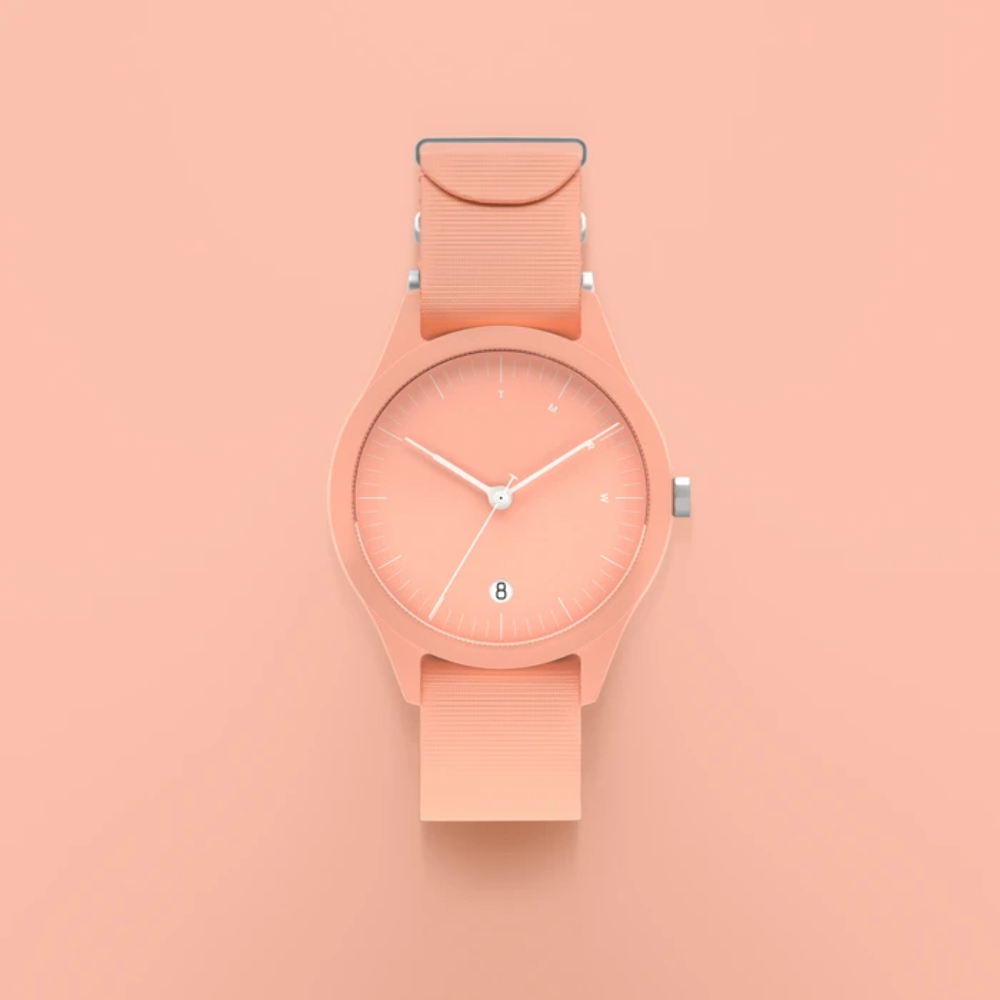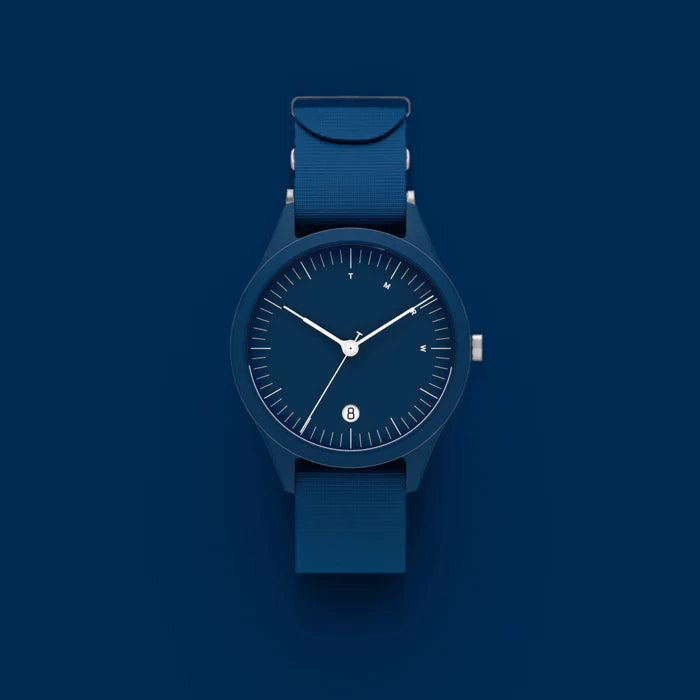Watch crystals play a crucial role in protecting the dial and movement of a watch while allowing for visibility and durability. There are three common types of watch crystals: Sapphire, mineral, and acrylic. Each has its own characteristics and benefits. Here's an overview of each type:
-
Sapphire Crystal:
- Material: Sapphire crystal is made of synthetic sapphire, a crystalline form of aluminum oxide. It is exceptionally hard and scratch-resistant, ranking 9 on the Mohs scale of mineral hardness (second only to diamond).
- Clarity and Transparency: Sapphire crystals offer excellent clarity and transparency, allowing for clear visibility of the dial and movement.
- Scratch Resistance: Sapphire is highly resistant to scratches, providing superior durability and maintaining the watch's aesthetics over time.
- Reflectivity: Sapphire crystals have a higher refractive index, resulting in lower reflectivity and a clearer view of the dial from different angles.
- Cost: Sapphire crystals tend to be more expensive than other options due to their superior properties.
-
Mineral Crystal:
- Material: Mineral crystals are made of tempered glass or mineral glass, which is a type of hardened glass treated with chemicals to enhance its durability.
- Scratch Resistance: While not as scratch-resistant as sapphire, mineral crystals still offer good resistance against everyday wear and tear.
- Clarity and Transparency: Mineral crystals provide good clarity and visibility, though they may have slightly more reflection compared to sapphire crystals.
- Cost: Mineral crystals are generally more affordable than sapphire crystals, making them a common choice in mid-range watches.
-
Acrylic Crystal:
- Material: Acrylic crystals, also known as hesalite or plexiglass, are made of a type of plastic called polymethyl methacrylate (PMMA).
- Impact Resistance: Acrylic crystals are highly impact-resistant and less likely to shatter compared to other materials. They can withstand accidental impacts and are commonly used in pilot and military watches for their durability.
- Scratch Susceptibility: Acrylic crystals are more prone to scratches compared to sapphire and mineral crystals. However, they can be easily polished to remove minor scratches.
- Clarity and Transparency: Acrylic crystals provide good clarity and transparency, but they may have slightly more distortion and reflectivity compared to other options.
- Cost: Acrylic crystals are generally the most affordable option and are commonly found in entry-level or vintage watches.
It's important to note that the choice of watch crystal depends on personal preferences, intended use, and budget. Sapphire crystals are often preferred for their superior scratch resistance, while mineral and acrylic crystals offer more affordable options without compromising overall functionality.

